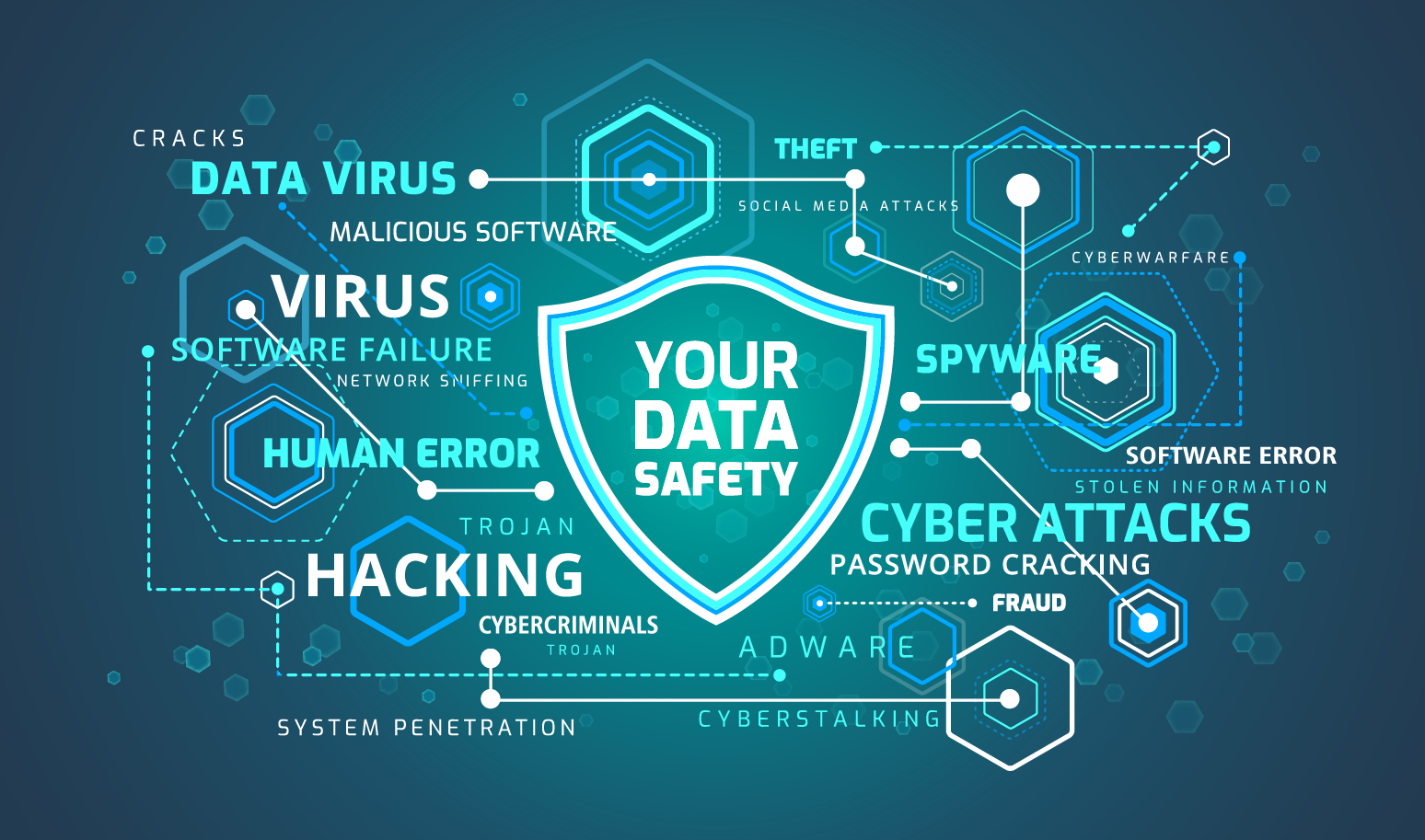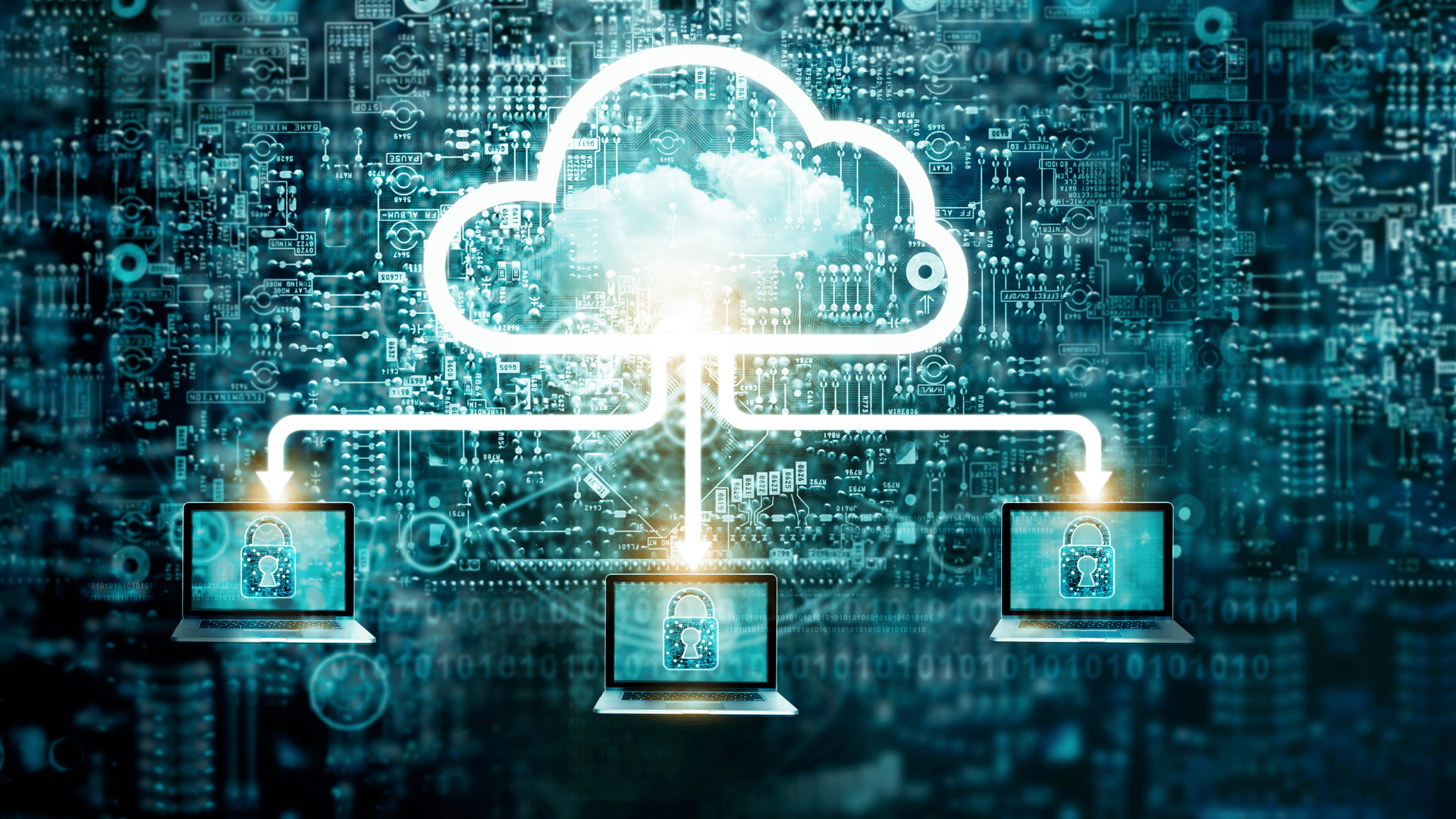Introduction
In today’s interconnected world, where data is a critical asset and cyber threats are constantly evolving, network security has become a paramount concern for individuals, businesses, and governments alike. From the rise of remote work and cloud-based services to the proliferation of Internet of Things (IoT) devices, the attack surface has expanded exponentially, demanding robust measures to safeguard networks against cyber threats. In this article, we will explore the fundamental principles of network security, key threats facing modern networks, and best practices for enhancing the security posture to protect sensitive information and maintain the integrity of systems.
I. Understanding Network Security
- Definition and Scope of Network Security Network security refers to the process of implementing measures to protect a network and its components from unauthorized access, misuse, modification, or destruction. This includes the protection of data in transit, data at rest, and data in use, along with safeguarding the network infrastructure itself.
- Importance of Network Security The significance of network security stems from the ever-increasing dependency on digital infrastructure. Breaches can lead to severe consequences, including financial losses, reputational damage, legal ramifications, and compromised privacy.
II. Key Threats and Vulnerabilities
- Malware Attacks Malware, short for malicious software, encompasses various harmful programs like viruses, worms, trojans, ransomware, and spyware. These can infiltrate networks through infected emails, websites, or removable media, causing widespread damage.
- Phishing and Social Engineering Phishing attacks use deceptive emails or messages to trick users into revealing sensitive information like login credentials, credit card numbers, or personal data. Social engineering tactics exploit human psychology to manipulate users into divulging confidential information.
- Distributed Denial of Service (DDoS) Attacks DDoS attacks overwhelm a network or system with a massive volume of traffic, rendering it inaccessible to legitimate users. These attacks are often orchestrated using botnets and can cripple online services.
- Insider Threats Employees, contractors, or partners with authorized access can pose a significant risk to network security. Whether through negligence or malicious intent, insiders can leak sensitive data or compromise network infrastructure.
- Zero-Day Exploits Zero-day vulnerabilities are previously unknown software flaws exploited by hackers before vendors can develop a patch. Such attacks can have devastating consequences as organizations have no defense against them.
III. Implementing Network Security Measures
- Firewalls Firewalls act as the first line of defense by monitoring and controlling incoming and outgoing traffic based on pre-defined rules. They can be hardware-based or software-based and play a crucial role in preventing unauthorized access.
- Intrusion Detection and Prevention Systems (IDPS) IDPS solutions detect and block malicious activities and suspicious behavior on the network. They use signature-based detection, anomaly detection, or behavior analysis to identify potential threats.
- Virtual Private Networks (VPNs) VPNs encrypt data traffic between remote users and the corporate network, providing secure communication over untrusted networks such as the internet.
- Secure Sockets Layer/Transport Layer Security (SSL/TLS) SSL/TLS protocols encrypt data transmitted over the web, ensuring data integrity and confidentiality for online interactions, such as e-commerce transactions.
- Multi-Factor Authentication (MFA) MFA enhances user authentication by requiring multiple forms of verification, such as passwords, biometrics, or one-time tokens, reducing the risk of unauthorized access due to stolen credentials.
- Patch Management Regularly updating software and firmware is crucial to address known vulnerabilities and prevent exploitation by cyber attackers.
- Data Encryption Encrypting sensitive data at rest and in transit provides an additional layer of protection, making it unreadable to unauthorized parties even if breached.
- Network Segmentation Dividing a network into smaller segments with restricted access can limit the impact of a security breach and prevent lateral movement by attackers.
- Employee Training and Awareness Educating employees about potential threats, phishing, and social engineering tactics is essential to create a security-aware culture within an organization.
IV. Emerging Trends and Future Challenges
- Artificial Intelligence and Machine Learning AI and ML technologies are being increasingly integrated into network security solutions to detect and respond to threats in real-time, improving accuracy and efficiency.
- Internet of Things (IoT) Security The proliferation of IoT devices poses unique challenges as they are often resource-constrained and vulnerable to attacks. Ensuring IoT security is critical to prevent unauthorized access and data breaches.
- Cloud Security As cloud adoption continues to grow, securing data stored in the cloud and protecting cloud-based services from attacks become critical aspects of network security.
- Quantum Computing Threat Quantum computing’s potential to break current cryptographic algorithms poses a significant threat to data encryption. Preparing for the quantum era is vital to maintaining network security.
Conclusion
Network security is an ongoing and ever-evolving process that demands a proactive approach to safeguard data, systems, and infrastructure from cyber threats. By understanding the various threats, implementing robust security measures, staying up-to-date with emerging trends, and promoting a culture of security awareness, organizations can enhance their network security posture and minimize the risk of cyberattacks. Ultimately, a comprehensive and well-executed network security strategy is paramount to ensuring the confidentiality, integrity, and availability of sensitive information and critical systems.

